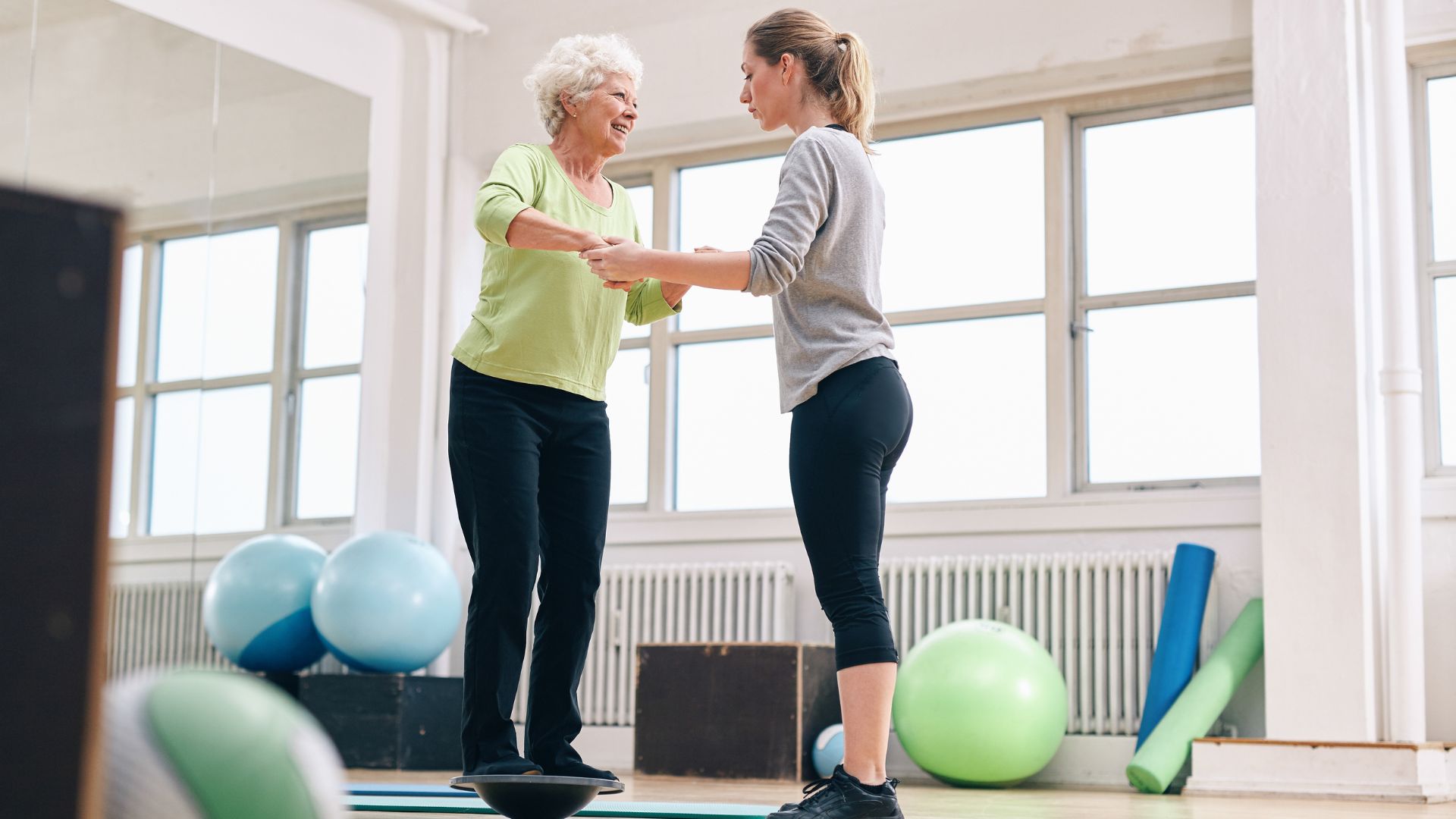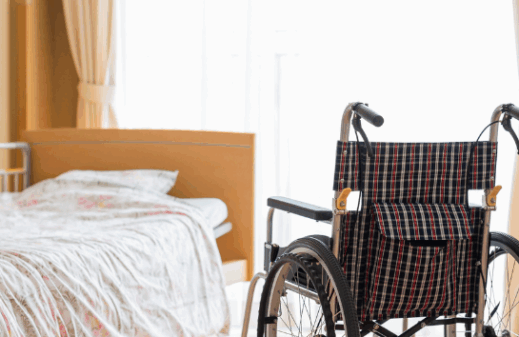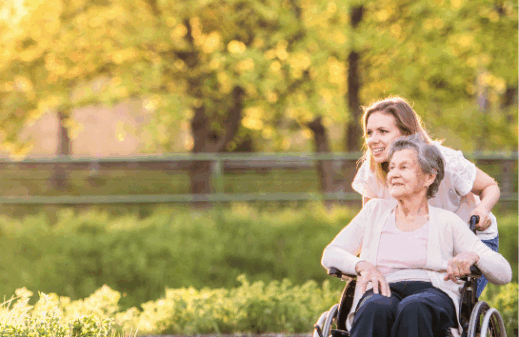Balance becomes more challenging for most of us as we age. Normal physical changes, existing injuries, and medications all contribute to the problem.
Balance is actually a skill that comes to us comes naturally throughout much of our lives. As we get older, however, it becomes something we need to practice.
In part, that’s because as we age, we aren’t as active, so we aren’t challenging our balance systems frequently. Instead of rehearsing the nerves that control balance, we encourage those nerves to find other things to do.
In a Duke University study, participants ranging in age from their 30s to their 70s were asked to undertake the classic balance test of standing on one leg for 60 seconds without support. The average amount of time each person was able to stand before losing their balance differed significantly based on their age group:
- Age 30-39 – 57 seconds
- Age 40-49 – 52 seconds
- Age 50-59 – 44 seconds
- Age 60-69 – 40 seconds
- Age 70-79 – 27 seconds
The good news is that your residents don’t have to go to the gym, get a trainer, or see a physical therapist to build balance skills. Those interventions are quite beneficial, of course, but the residents you care for can practice balance as part of their daily routine.
Daily Routines to Build Balance
By guiding your residents into incorporating the following activities into their day-to-day habits, you can help them improve balance significantly.
Bedtime Belly Breathing
As you lie in bed, take a deep breath, slowly expanding your chest, ribs, and belly. Then exhale slowly, tightening your belly muscles (abdominals) as the air leaves your body. Repeat five times.
This stretches your chest muscles, helps strengthen the abdominals, and can also help you sleep better.
Heel-and-Toe
Standing with your left hand on the wall or a closed door, place your right foot in front of your left foot as if standing on a tightrope. Try to lift your hand off the wall or door for a second or two and balance on your feet in the pose. Turn around and repeat with your right hand on the wall and your left foot in front of the right.
With practice, you should be able to gradually extend the amount of time your hand is off the wall or door without having to put it back to avoid losing balance.
Hydration Trek
When sitting for long periods, such as relaxing in the day room, playing cards with friends, or watching television, remember to get up for a drink of water (or some other beverage) at least once an hour.
Did you know that staying well-hydrated helps with balance? It does. The brief walk to get a drink also works the muscles to help lessen stiffness.
Mealtime Shrugs
Practice shoulder shrugs while sitting down for meals. As you breathe in, shrug and draw your shoulders up toward the sides of your head. Release them as you breathe out. Repeat three times.
Then, pull your shoulders back like you’re trying to squeeze something between your shoulder blades, and repeat three times.
These will help strengthen your shoulder and upper back muscles, which hold you upright and in balance when on your feet.
Modified Dancer
If mobile enough to stand in front of your sink to prepare for the day, practice a modified version of yoga’s Dancer pose. Holding on to the edge of the sink with both hands, keep one leg straight while bending the other at the knee. Lean forward and stretch the bent leg out behind you, attempting to create a straight line from head to toe. Hold for a few breaths, then repeat with the other leg.
Post-Shower Foot Massage
After showering, sit on the shower bench or toilet seat. Using a towel to dry in-between your toes, gently lengthen and stretch each toe individually, and massage the soles of your feet.
This helps with the mobility of your toes, which are critical for balance, and allows the soles of your feet to “rehearse,” sending data to your brain as they do when standing and walking.
Television Flex
While watching television, use the commercial breaks to point and flex your ankles a few times and then circle them in each direction a few times.
This helps improve strength and circulation in your feet and ankles, improving stability while standing and walking.
Final Thoughts
Good balance in our later years requires practice. By helping residents adopt a few simple routines into their daily habits, you can help them build the balance skills necessary to improve their mobility and lessen the risk of falling.
If you need assistance, contact us. PCALIC, through partners like PCH Mutual, offers insurance and risk management for assisted living facilities. Learn more.
Tangram Insurance Services https://www.tangramins.com/hacks-for-improving-balance-through-everyday-activities/




